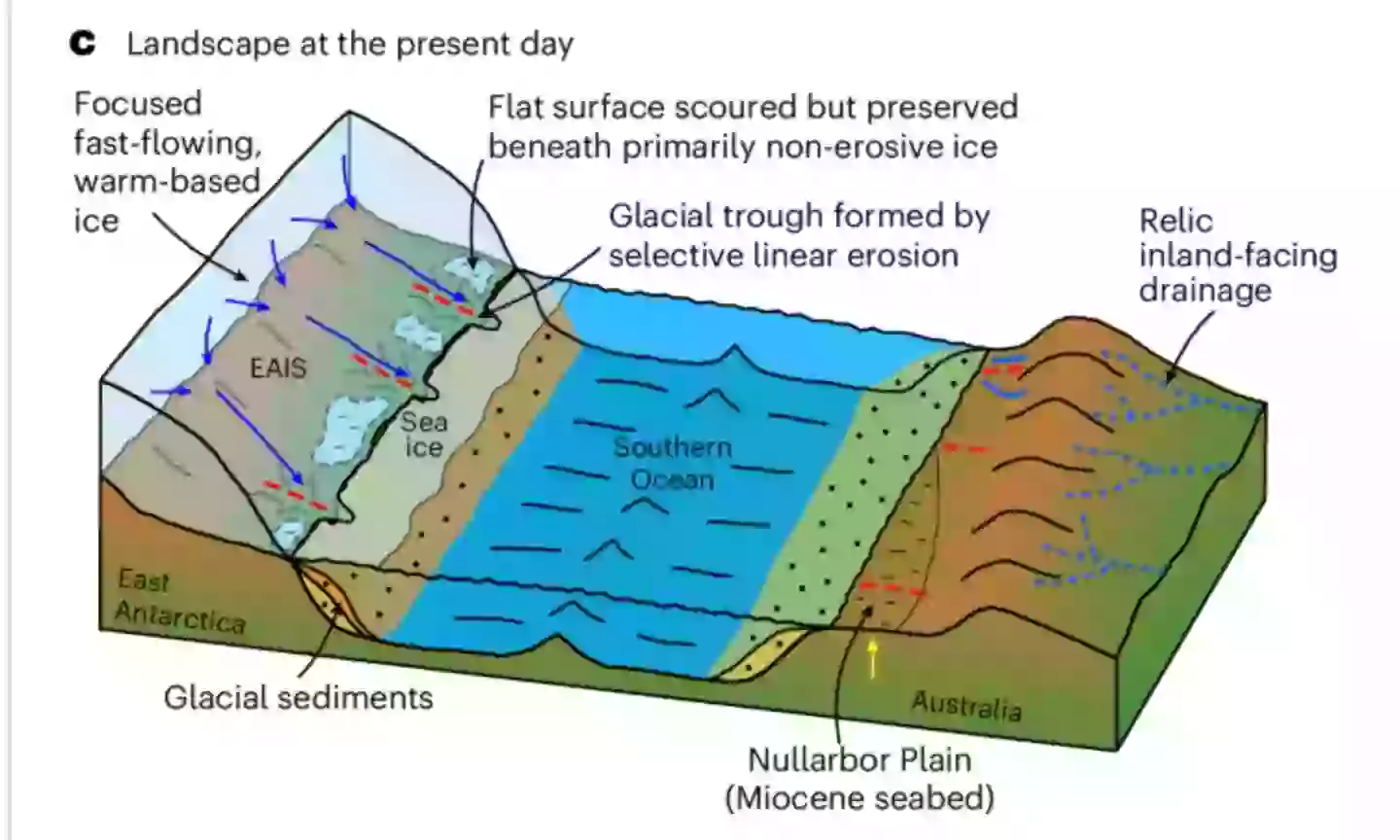Ancient Secrets Unearthed: What Scientists Found Beneath 34 Million Years of Antarctic Ice Will Shock You
So, picture this: beneath all that Antarctic ice—yeah, that colossal, frozen tundra that’s been snoozing for some 34 million years—there’s a hidden landscape that’s way more mysterious than your neighborhood’s last oddly shaped tree. Researchers at Durham University decided to peek under the hood (or rather, the ice) using radar data and discovered something wild—flat surfaces carved by rivers from about 80 million years ago, before the ice even showed up to the party. It’s like unveiling a secret lost world that’s been quietly chilling beneath the East Antarctic Ice Sheet, with hints that the climate back then could’ve been as chill as Patagonia or as steamy as a tropical paradise. And get this—the ice sitting atop these ancient flat spots isn’t rushing anywhere fast, acting as a kind of barricade while the rest of the ice frantically melts away with global warming breathing down its neck. Makes you wonder: what else is lurking under there, hiding from our radar? This discovery could seriously shake up how we predict sea-level changes down the line. Ready to dive deeper? LEARN MORE.
Scientists have made a surprising discovery about what lies under the Antarctic ice sheet.
Covered in ice for around 34 million years, a new study has discovered more about what once was.
Researchers from the UK‘s very own Durham University examined radar data from a number of Antarctic surveys to learn more about the ‘hidden landscape’.
“The landscape hidden beneath the East Antarctic Ice Sheet is one of the most mysterious not just on Earth, but on any terrestrial planet in the solar system,” explained Dr Guy Paxman, lead author of the study and a Royal Society University Research Fellow.
It’s relatively well known that much of the surface hidden below the sheet of ice consists of mountains, deep troughs and valleys.

Antarctica has a big old ice sheet (Frances M. Ginter/Getty Images)
However, this lot of scientists have found extensive flat surfaces created by rivers that flowed across the place around 80 whopping million years ago – before ice covered the continent.
“We’ve long been intrigued and puzzled about fragments of evidence for ‘flat’ landscapes beneath the Antarctic ice sheets. This study brings the jigsaw pieces of data together, to reveal the big picture,” co-author Professor Neil Ross from Newcastle University said.
The team discovered 31 distinct flat surfaces spanning 40 percent of the coastline of East Antarctica and it’s said the area preserves what is basically a ‘lost world’.
Another co-author, Professor Stewart Jamieson, said: “It’s difficult to say exactly what this ancient landscape looked like, but depending on how far back you go, the climate might have resembled modern-day Patagonia, or even something tropical.”
The study, published in the journal Nature Geoscience, also found that the ice above these discovered flat surfaces is moving a lot more slowly.
It seems the flat areas act as a bit of a barrier to ice flow, while the loss of ice from Antarctica is increasing (ramped up by global warming).

The researchers recently published their findings (Paxman et al/Nature Geoscience)
Knowing about the existence of these flat surfaces down there can be helpful for researchers to predict how the big old ice sheet may react to climate change.
“The flat surfaces we have found have managed to survive relatively intact for over 30 million years, indicating that parts of the ice sheet have preserved rather than eroded the landscape,” Dr Paxman explained.
“Information such as the shape and geology of the newly mapped surfaces will help improve our understanding of how ice flows at the edge of East Antarctica.
“This in turn will help make it easier to predict how the East Antarctic Ice Sheet could affect sea levels under different levels of climate warming in the future.”











